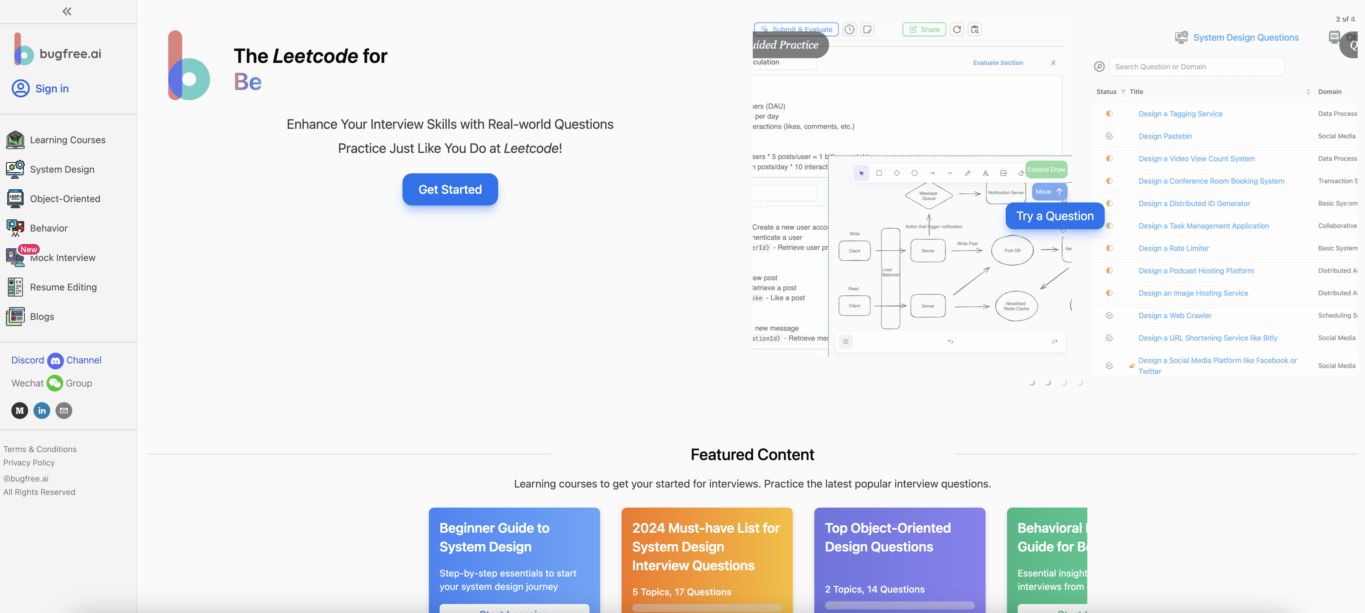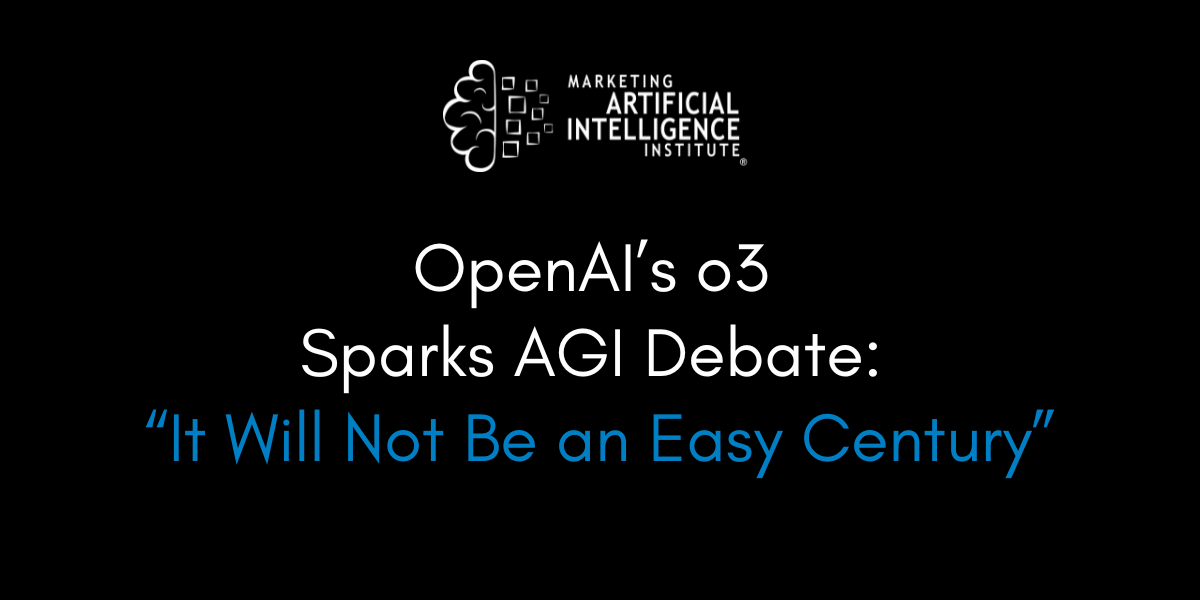The Download: what’s next for Neuralink, and Meta’s language translation AI
This is today’s edition of The Download, our weekday newsletter that provides a daily dose of what’s going on in the world of technology. What to expect from Neuralink in 2025 In November, a young man named Noland Arbaugh announced he’d be livestreaming from his home for three days straight. His broadcast was in some ways typical…

This is today’s edition of The Download, our weekday newsletter that provides a daily dose of what’s going on in the world of technology.
What to expect from Neuralink in 2025
In November, a young man named Noland Arbaugh announced he’d be livestreaming from his home for three days straight. His broadcast was in some ways typical fare: a backyard tour, video games, meet mom.
The difference is that Arbaugh, who is paralyzed, has thin electrode-studded wires installed in his brain, which he used to move a computer mouse on a screen, click menus, and play chess. The implant, called N1, was installed last year by neurosurgeons working with Neuralink, Elon Musk’s brain-interface company.
Arbaugh’s livestream is an indicator that Neuralink is a whole lot closer to creating a plug-and-play experience that can restore people’s daily ability to roam the web and play games, giving them what the company has called “digital freedom.”
But this is not yet a commercial product. The current studies are small-scale—they are true experiments, explorations of how the device works and how it can be improved. Read on for our analysis of what to expect from the company in 2025.
—Antonio Regalado
Meta’s new AI model can translate speech from more than 100 languages
What’s new: Meta has released a new AI model that can translate speech from 101 different languages. It represents a step toward real-time, simultaneous interpretation, where words are translated as soon as they come out of someone’s mouth.
Why it matters: Typically, translation models for speech use a multistep approach which can be inefficient, and at each step, errors and mistranslations can creep in. But Meta’s new model, called SeamlessM4T, enables more direct translation from speech in one language to speech in another. Read the full story.
—Scott J Mulligan
Interest in nuclear power is surging. Is it enough to build new reactors?
Lately, the vibes have been good for nuclear power. Public support is building, and public and private funding have made the technology more economical in key markets. There’s also a swell of interest from major companies looking to power their data centers.
These shifts have been great for existing nuclear plants. We’re seeing efforts to boost their power output, extend the lifetime of old reactors, and even reopen facilities that have shut down. That’s good news for climate action, because nuclear power plants produce consistent electricity with very low greenhouse-gas emissions.
I covered all these trends in my latest story, which digs into what’s next for nuclear power in 2025 and beyond. But as I spoke with experts, one central question kept coming up for me: Will all of this be enough to actually get new reactors built?
—Casey Crownhart
This article is from The Spark, MIT Technology Review’s weekly climate and energy newsletter. To receive it in your inbox every Wednesday, sign up here.
The must-reads
I’ve combed the internet to find you today’s most fun/important/scary/fascinating stories about technology.
1 Donald Trump is exploring how to save TikTok
An executive order could suspend its ban or sale by up to 90 days. (WP $)
+ But questions remain over the legality of such a move. (Axios)
+ YouTuber MrBeast has said he’s interested in buying the app. (Insider $)
+ The depressing truth about TikTok’s impending ban. (MIT Technology Review)
2 Blue Origin’s New Glenn rocket has made it into space
But it lost a booster along the way. (The Verge)
3 Angelenos are naming and shaming landlords for illegal price gouging
A grassroots Google Sheet is tracking rentals with significant price increases among the wild fires. (Fast Company $)
4 How the Trump administration will shake up defense tech
It’s likely to favor newer players over established firms for lucrative contracts. (FT $)
+ Weapons startup Anduril plans to build a $1 billion factory in Ohio. (Axios)
+ Palmer Luckey on the Pentagon’s future of mixed reality. (MIT Technology Review)
5 The difference between mistakes made by humans and AI
Machines’ errors are a whole lot weirder, for a start. (IEEE Spectrum)
+ A new public database lists all the ways AI could go wrong. (MIT Technology Review)
6 The creator economy is bouncing back
Funding for creator startups is rising, after two years in the doldrums. (The Information $)
7 Predicting the future of tech is notoriously tough
But asking better initial questions is a good place to start. (WSJ $)
8 IVF isn’t just for combating fertility problems any more
It’s becoming a tool for genetic screening before a baby is even born. (The Atlantic $)
+ Three-parent baby technique could create babies at risk of severe disease. (MIT Technology Review)
9 The killer caterpillars could pave the way to better medicine  Read More
Read More













![[Boost]](https://media2.dev.to/dynamic/image/width=800%2Cheight=%2Cfit=scale-down%2Cgravity=auto%2Cformat=auto/https%3A%2F%2Fdev-to-uploads.s3.amazonaws.com%2Fuploads%2Forganization%2Fprofile_image%2F7820%2Fe8a1bb9a-c520-4645-b24f-06ddf34c44bf.gif)




![[The AI Show Episode 130]: Worrying Future of Jobs Report, Altman: “Confident We Know How to Build AGI,” Why OpenAI’s Agents Are Delayed & Trump $20B Data Center Investment](https://www.marketingaiinstitute.com/hubfs/ep%20126%20cover-1.png)









_full.jpg)


































![Billie Eilish, Lady Gaga, Joni Mitchell, and Red Hot Chili Peppers to Play FireAid Benefit Concert [Updated]](https://consequence.net/wp-content/uploads/2025/01/FireAid-2025.jpg?quality=80#)









